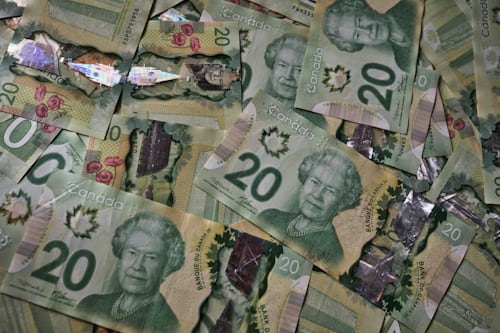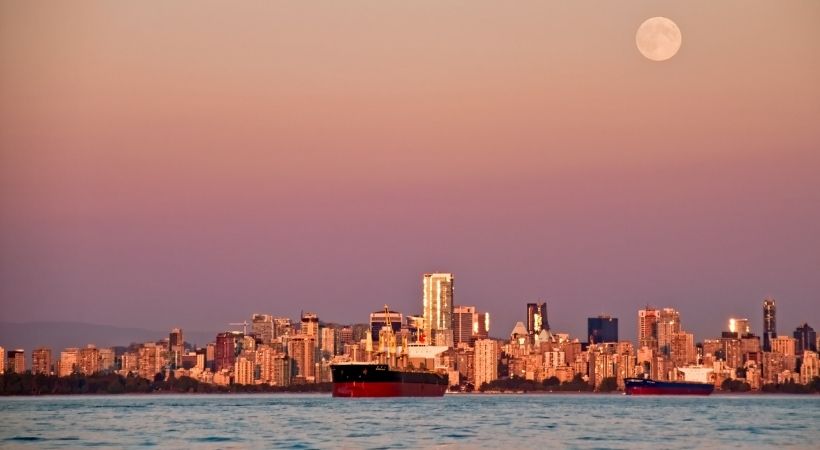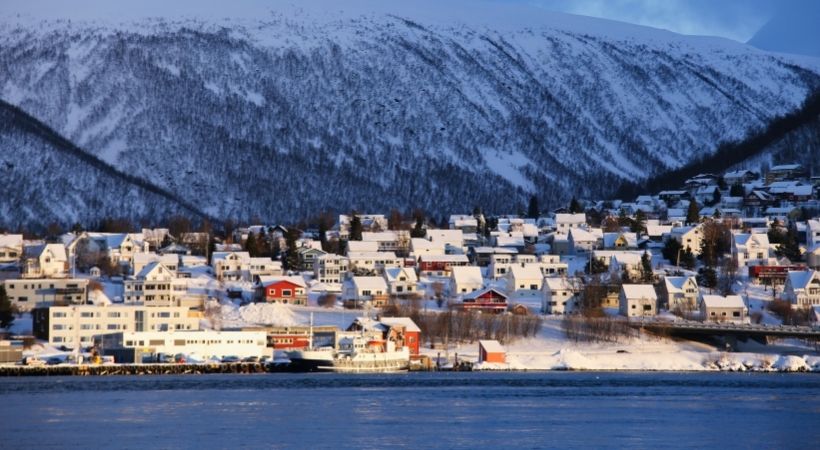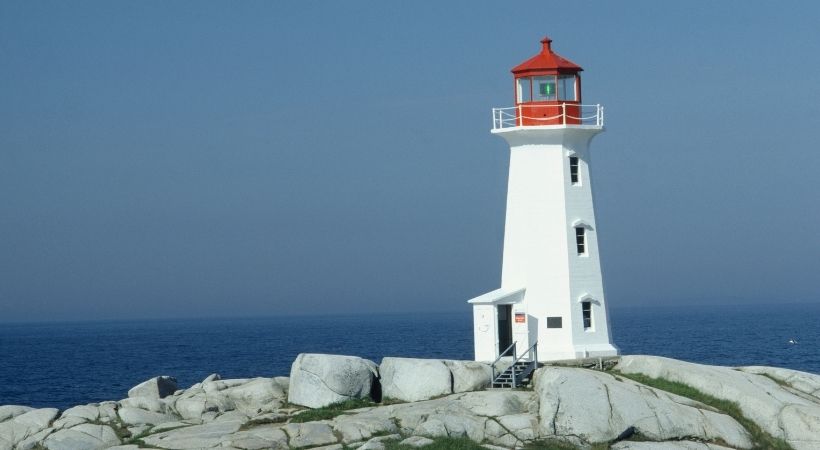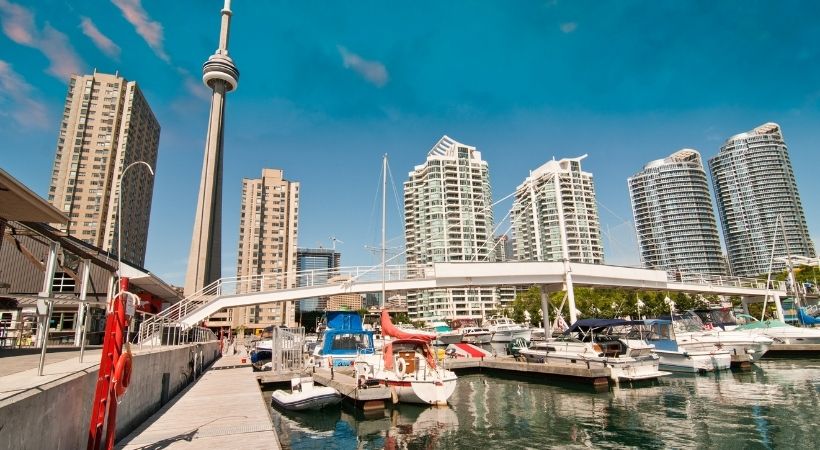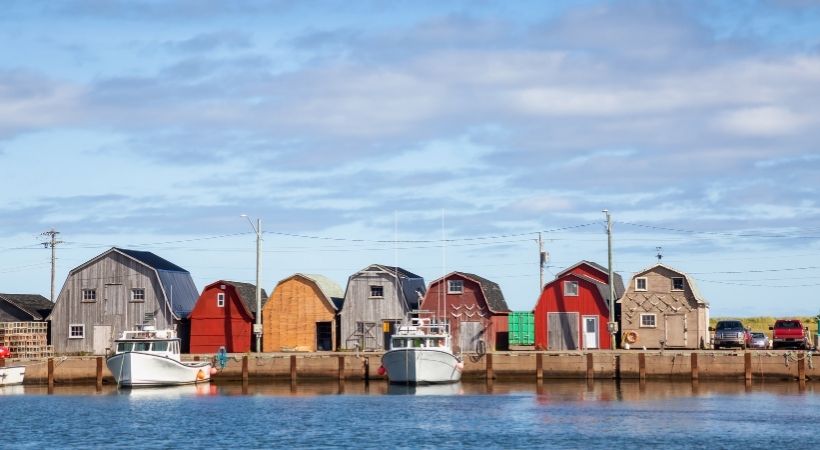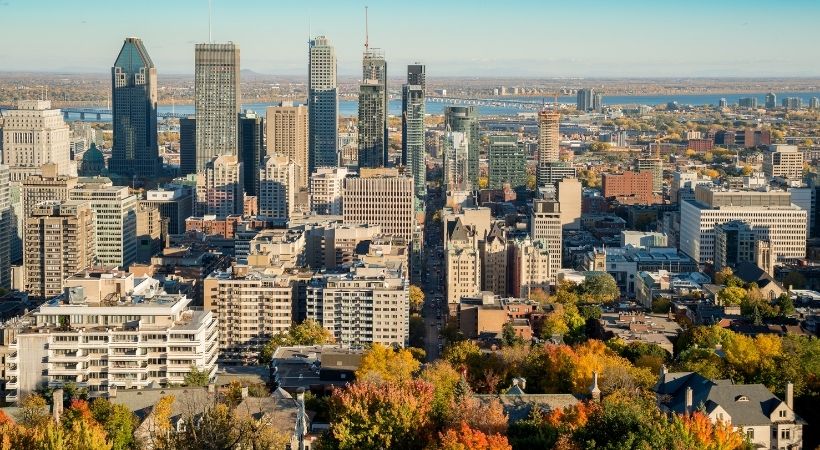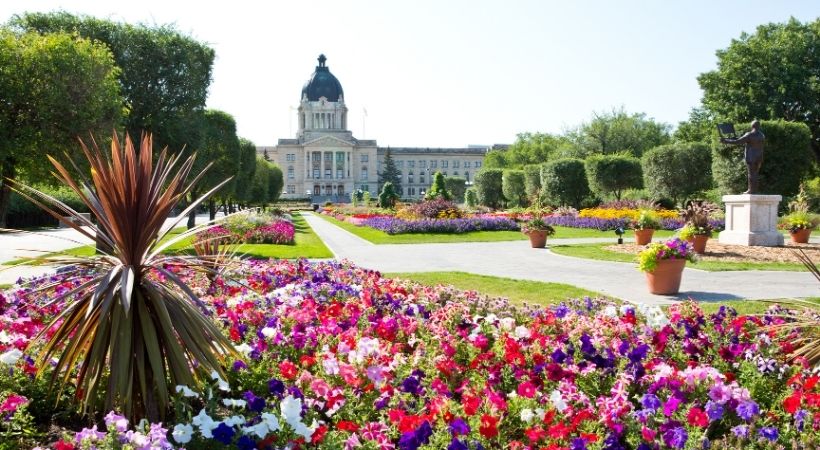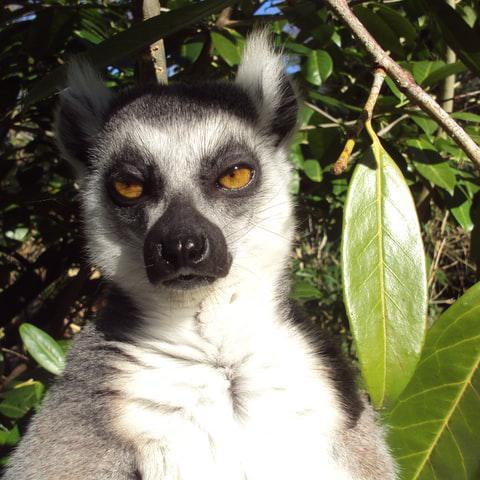The complete guide to all provinces and territories in Canada
Canada, the land of unparalleled natural beauty, is home to sky-piercing mountains, deep forests, rolling prairies, endless tundra and deep blue lakes. With deeply rooted political, cultural and social values, this country is unique and diverse. Its cosmopolitan cities are of varying size, multicultural, modern and are home to many immigrants.
Canada has ten provinces and three territories. All of the provinces and territories in Canada have distinctive landscapes, cultures, climates, and economies.
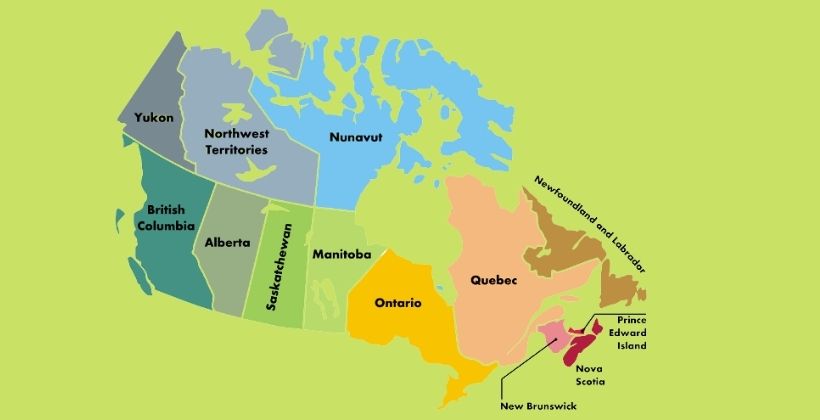
Historically, Canada is a constitutional monarchy with Queen Elizabeth II as a figurehead head of state. The Governor-General carries out the few remaining of her majesty’s duties . It has two official languages: English and French.
Ottawa, located in the Province of Ontario, is the Capital of Canada. The Canadian government follows the British or “Westminister” parliamentary system in that it consists of the Senate and the House of Commons (Parliament of Canada). Federal laws can be enacted once both of the parliamentary bodies agree.
There are ten provinces and three territories in Canada. The significant difference between a province and territory is that provinces receive power and authority from the constitutional act, whereas territories receive their power from Canada’s Parliament.
Provinces in Canada are considered co-sovereign with responsibilities shared between the provincial and federal governments. Each province thus has its representative of the ex-officio Canadian monarch, the lieutenant governor.
However, territories are not considered sovereign and share all responsibilities with the federal government. Each has a representative commissioner in the federal government.
Canada, with a landmass of 9.1million square kilometers, is the second-largest country in the world. It has the longest coastline globally due to being bordered, on three sides, with three oceans: the Pacific, Atlantic and Arctic. Currently, 80% of the total population of 38 million, lives in cities or towns.
Yet 66% of Canadians live within 100 km of the southern border with the U.S. This represents only 4% of Canada's territory, i.e., when one wants to "get away from it all", in Canada it is literally possible.
A “Higher Education Journey in Canada,” can be very rewarding if your decisions are made wisely. So, it is very important to learn a little about all provinces and territories in Canada, to understand what you are getting yourself into and the long-term benefits you may reap. Having a clear idea about all of the provinces and territories in Canada will help you make informed decisions for your future, while saving you time, money and aggravation.
List of all provinces and territories in Canada:
Here, we will delve a little into each of the provinces and territories in Canada. Before we begin, let's learn which Canadian provinces are known as the Atlantic, Maritime and Prairie provinces.
- The Atlantic provinces include New Brunswick, Nova Scotia, Prince Edward Island and Newfoundland and Labrador.
- The Maritime Provinces include New Brunswick, Nova Scotia and Prince Edward Island, but not Newfoundland and Labrador.
- The Prairie provinces include Manitoba, Saskatchewan, and Alberta, in the northern Great Plains (prairies) region of North America. Though they are named after prairies, the geographical makeup of the three provinces is diverse, in that they are comprised of portions of the Canadian Shield, the Western Cordillera and the Canadian Interior Plains.
Let’s begin in Alphabetical order.
1. Alberta
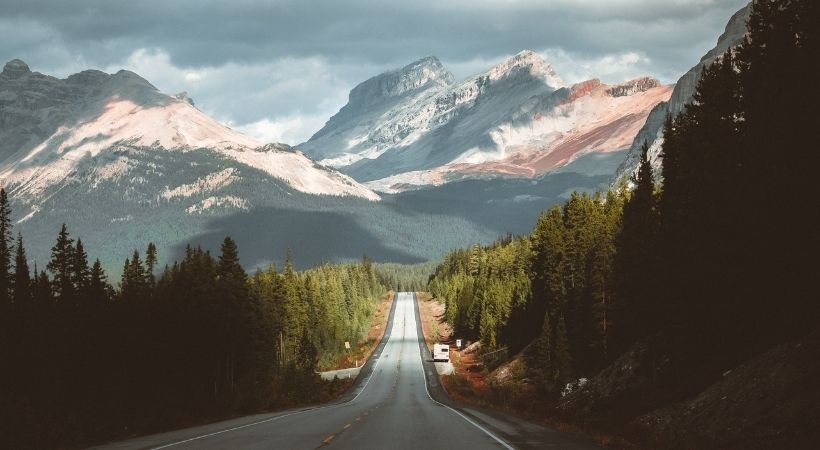
Alberta is one of the three 'prairie' provinces and is famous for skiing and hiking destinations in the wild mountains. Its economy is dependent on the Athabasca oil sands, natural gas and cattle farming. Tourism also plays an important role.
The province of Alberta is located in western Canada. It is bordered by the province of British Columbia to the west, the US state of Montana to the south, Saskatchewan to the east and the Northwest Territories to the north.
The province of Alberta was named after the daughter of Queen Victoria, Louise Caroline Alberta, and was established in 1905. It is the fourth-largest province and the fourth-most populous province in Canada. The capital city, Edmonton, is known as “Canada’s Festival City.”
Alberta gets more sunshine than any other province, but its winters are both dry and cold. Yet, the chinook winds, coming over the Rockies, can raise the temperature by 22 degrees Celcius, in only an hour.
Other important Alberta stats:
- Official Language: English
- Major Cities in Alberta: Calgary, Edmonton, Lethbridge, Banff
- Minimum Wage: $15/hr
- Population: 4,421,876
2. British Columbia
The most western province, British Columbia, also known as B.C., is known for having the most temperate climate in Canada. The coastal islands and mountainous interior are popular among adventure seekers from around the world. The capital of British Columbia, Victoria, was named after Queen Victoria who ruled the British Empire during the creation of British colonies worldwide.
B.C. is surrounded by the Yukon and Northwest Territories to the north, the province of Alberta to the east, the U.S. to the south and the Pacific Ocean to the west. B.C has a coastline of 27,000 km and has close to 6,000 islands. It is the third most populous province in Canada, as of 2020, and is the third-largest province in Canada.
A few stats about British Columbia:
- Official Language: English
- Major Cities in British Columbia: Vancouver, Surrey, Victoria, Burnaby, Richmond, Abbotsford, Coquitlam, Kelowna
- Minimum Wage: $15.20/hr
- Population: 4,319,100
3. Manitoba
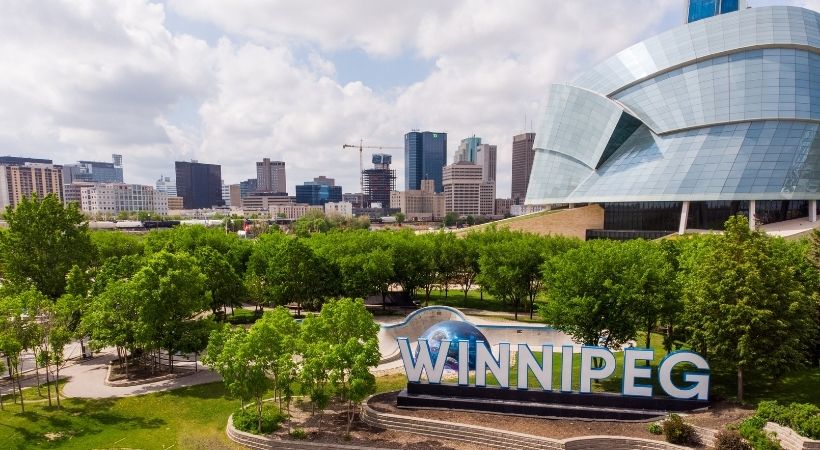
Manitoba has been home to Indigenous and Métis people for more than 10,000 years. Now, the population is about 69% White, 18% Aboriginal and 13% visible minority.
The present-day economy of Manitoba relies on agriculture, tourism, electricity, oil, mining, and forestry. Agriculture is so central that the majority of people living in the southern half of the province are connected to agriculture.
The Nunavut Territory borders it on the north, Ontario on the east, the U.S. on the south and Saskatchewan on the west. Its geography can be divided into three areas; the Hudson Bay Lowland, the Canadian Shield and the Interior Plains.
It is the 5th most populous and 6th largest province in Canada. The provincial capital of Manitoba is Winnipeg. It has an average low of -19.2 C every winter. Other important information about Manitoba:
- Official Language: English
- Major Cities in Manitoba: Winnipeg, Brandon, Steinbach, Thompson, Portage La Prairie, Churchill
- Minimum Wage: $11.90/hr
- Population: 1,369,465
4. New Brunswick
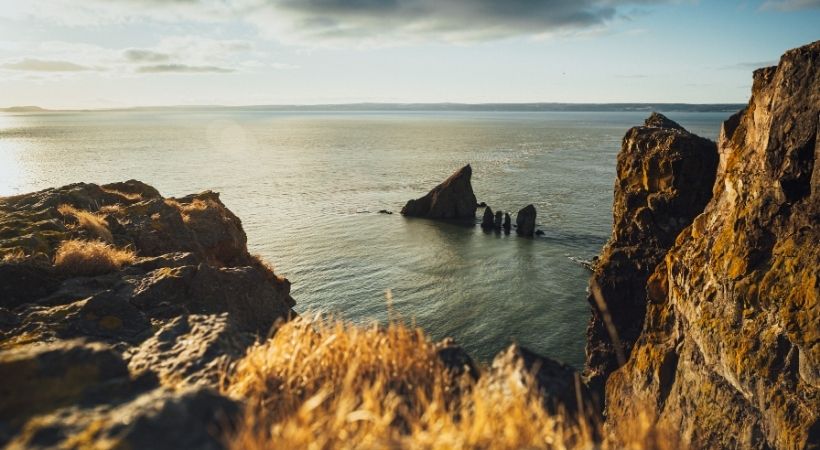
Made famous by the Bay of Fundy, Appalachian Range, scenic coastline and numerous lighthouses, the province of New Brunswick is one of the three Maritime provinces. This province’s land area is covered with forested uplands, which make up about 85-90% of its area. It was one of the first places in North America that the Europeans explored.
New Brunswick is the 8th most populous and 8th largest province in Canada. Though New Brunswick is the only officially bilingual province, approximately 57% of the population speaks only English, 8.6% only French and 34% speak both. That leaves 0.4% that speak only an unofficial language.
Currently, agricultural goods, livestock farming, forest cultivation, mining and the quarrying industry dominate its economy. Other information about New Brunswick:
- Capital of New Brunswick: Fredericton
- Official Languages: English and French
- Major Cities in New Brunswick: Moncton, Saint John, Fredericton, Dieppe, Riverview
- Minimum Wage: $11.75/hr
- Population: 781,476
5. Newfoundland and Labrador
The province of Newfoundland and Labrador is the easternmost of the Atlantic provinces. It consists of the island of Newfoundland and the continental region of Labrador. This province once was a dominion of the United Kingdom, but, after world war one, it joined Canada.
It was the tenth and last province to join Canada. It is the 9th most populous and the 7th largest province in Canada.
The Strait of Belle Isle separates the province into two geographical areas:
- Labrador, the large mainland area, and
- Newfoundland, an island in the Atlantic Ocean.
Historically, the province’s economy has been dependent on offshore oil, mining, agriculture, aquaculture, and fisheries. Other information about Newfoundland and Labrador:
- Capital of Newfoundland and Labrador: St. John’s
- Official Language: English (97% of the populations’ mother tongue)
- Major Cities in Newfoundland and Labrador: St. John’s, Corner Brook, Grand Falls-Windsor, Gander
- Minimum Wage: $12.50/hr
- Population: 522,300
6. Nova Scotia
Nova Scotia is one of Canada's Atlantic provinces. It is the 7th most populous and 9th largest province in Canada. Due to its location on the Atlantic Coast, this province provides a recreational paradise along with innovation and tradition. Due to its location on the Atlantic Coast, this province provides a recreational paradise along with innovation and tradition. Nova Scotia is blessed with spectacular lakes, forests and more than 7,000 kilometers of coastline.
The economy of Nova Scotia is dependent on ocean and seafood, agriculture, financial services and clean technology. This province has a geographical advantage due to its location.
Major financial hubs such as Boston, New Yorkand Toronto are but a couple hours flight away. Other information on Nova Scotia:
- Capital of Nova Scotia: Halifax
- Official Language: English
- Major Cities in Nova Scotia: Halifax, Cape Breton-Sydney, Truro, New Glasgow
- Minimum Wage: $12.95/hr
- Population: 971,395
7. Ontario
Located in central Canada, Ontario is the most populous and the 2nd largest province. The province of Manitoba borders it to the west, Hudson Bay and James Bay to the North, Quebec to the 'east' and the US to the 'south'. It sits on the northern shores of four of the five Great Lakes; Huron, Ontario, Erie and Superior (The 5th is Lake Michigan).
The capital, Toronto, is home to the CN Tower, which once was the tallest free-standing structure in the world. Toronto is also home to around 250 ethnic minorities. Close to 50% of its population may be considered a visible minority. The province is so diverse that almost 25% of the province’s population was born outside of Canada. It is also home to over 50% of Canada’s new immigrants.
Other information about Ontario.
- Capital of Ontario: Toronto
- Official Language: English
- Major Cities in Ontario: Toronto, Ottawa, Hamilton, Kitchener-Waterloo, London, Windsor, Kingston, North Bay
- Minimum Wage: $14.25/hr
- Population: 14,745,040
8. Prince Edward Island
The province of Prince Edward Island was named after Prince Edward, the fourth son of King George III. It is the least populous and the smallest province of Canada.
This province includes 232 smaller islands. Due to its pastoral scenery and lush agricultural lands, this province is known as the “Garden of the gulf.” PEI is known for its numerous golf courses, red soil, lighthouses, potatoes and its lobster, mussel and eel fisheries.
It is also known as the home of "Anne of Green Gables".
Other information on Prince Edward Island:
- Capital of Prince Edward Island: Charlottetown
- Official Language: English
- Cities in Prince Edward Island: Charlottetown, Stratford, Summerside
- Minimum Wage: $13/hr
- Population: 159,713
9. Quebec
Québec is the only predominantly French-speaking province in Canada. It is the largest and second-most populous province in Canada. Due to its unique natural landscape, Charles Dickens, the famous English Novelist, called it the “Gibraltar of North America.”
Québec has over 500,000 lakes and 4500 rivers. It is no wonder then, that it has more than 3% of the world's renewable fresh water. Québec produces 72% of the world's maple syrup.
The Province of Québec is bordered by Ontario, New Brunswick and Newfoundland and Labrador. It also shares a coastal border with Nunavut and a southern border with the US. Most of the province is covered by dense forests. Forestry products are an important part of their economy, yet much of the Québec economy is based in the services sector.
Over the last two decades, R&D development has increased at a higher rate than any European country, than the US or the rest of Canada. In the industries of aerospace, information technology, software and multimedia, Québec is a major player.
In Québec City, Old Québec (Vieux-Québec and Place Royale) is a UNESCO world heritage treasure reminiscent of European-styled city walls and cobblestone streets. This area is home to the much photographed Château Frontenac Hotel and the imposing Citadelle of Québec.
Other information about the province of Québec is:
- Capital of Québec: Québec City
- Official Language: French
- Major Cities in Québec: Montréal, Québec City, Gatineau
- Minimum Wage: $13.50/hr
- Population: 8,574,571
10. Saskatchewan
Saskatchewan is one of the prairie provinces located in between the two other Prairie provinces of Alberta and Manitoba.
It is bordered by Alberta on the west, Northwest Territories on the north, Manitoba on the east, and the US on the south. It is the sixth most populous and fifth-largest province in Canada.
The province’s economy is largely dependent on agriculture, mining, oil, and natural gas production. This province is famous for its beautifully covered rolling hills and numerous bodies of water. The flat grasslands of Saskatchewan, which produce wheat, earned the province the nickname of “Canada’s Breadbasket.” To the north, the Canadian Shield Plateau shows its rugged rock characteristic, along with coniferous forests, rivers and lakes.
Other information about Saskatchewan:
- Capital of Saskatchewan: Regina
- Official Language: English
- Major Cities in Saskatchewan: Saskatoon, Regina, Prince Albert, Moose Jaw
- Minimum Wage: $11.45/hr
- Population: 1,181,987
List of Territories in Canada
Canada has three territories: Northwest Territories, Yukon, Nunavut. Unlike provinces, these three territories are directly administered by the Canadian Federal Government.
1. Northwest Territories:
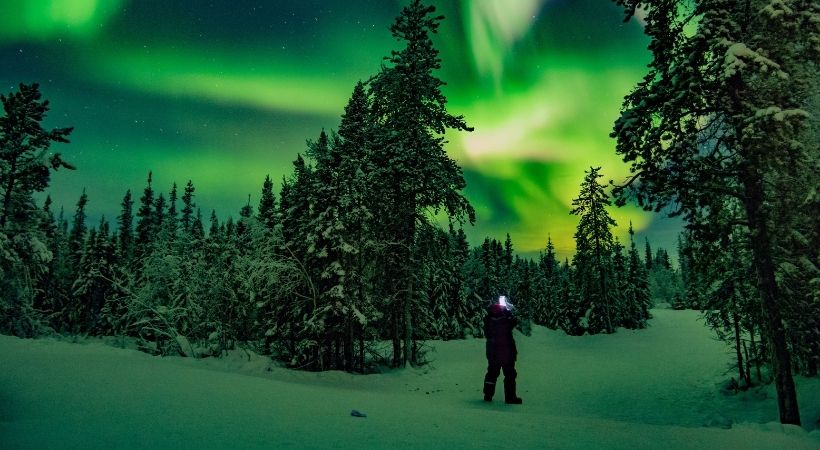
This territory is the second largest and the most populous among all other territories. The Capital city of the Northwest Territories, Yellowknife, is the only city in this territory. It has 12 different official languages and has the highest per capita GDP among all provinces and territories.
Most of the population of 45,074 are involved in two major industries: mining and tourism. The majority of Canada's diamond mines are located here.
The geography of the Northwest Territories is one of the remote landscapes and encompasses mountains, forests, arctic tundra, and many islands in the Canadian Arctic Archipelago.
Rivers, lakes, waterfalls, snow, and ice make up the 163,000 sq. km of freshwater found in the Northwest Territories. It is literally a recreational paradise. NWT is also a diamond merchant’s paradise. Four out of Canada’s five-diamond mines are found there. Another diamond in the North would be Aurora College.
This territory is famous for its midnight sun, the Nahanni River, the Northern Lights, and Nahanni National Park. The spectacular Northwest Territories are well worth exploring if you are into the outdoors. Look it up!
- Capital of the Northwest Territories: Yellowknife
- Official Language: English
- Largest settlements in the N.W.T.: Yellowknife (the only city), Hay River, Inuvik, Fort Smith
- Minimum Wage: $15.20
- Population: 44,826
2. Yukon Territory:
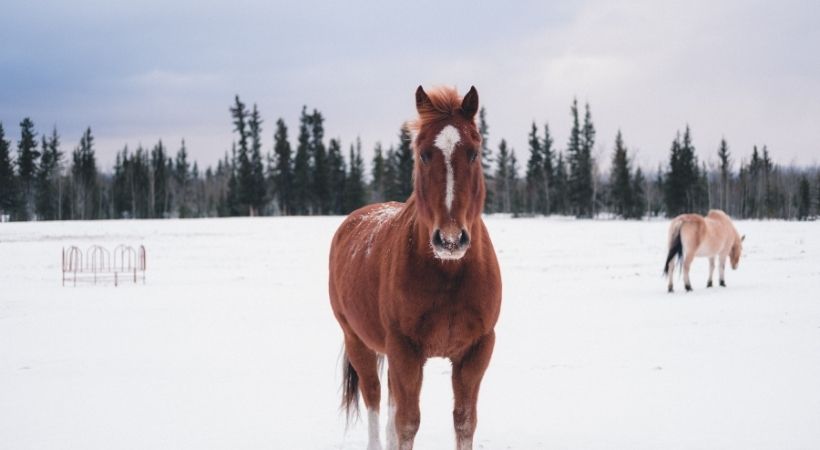
The former Yukon Territory, now officially Yukon, is the smallest territory among the 3 territories. Still, it is larger in area than Germany. It is sparsely populated, with only 42,100 residents living there. The economy of the Yukon is mainly dependent on tourism. The capital is Whitehorse, which is the only city in the Yukon.
This territory is famous for the Northern Lights, Klondike Gold Rush, the 'midnight sun', dog sledding, and Mount Logan, the highest peak in Canada. The Yukon is mainly a mountainous region.
Perhaps that is why Yukon's economy is based on the mining of lead, zinc, silver, gold, asbestos and copper. More and more, tourism is bringing funds into the province, as more people become aware of all the opportunities for adventure that exist there. They are discovering that Yukon is 'larger than life'.
- Capital of Yukon: Whitehorse
- Official Language: English
- Largest settlements in Yukon: Whitehorse, Dawson City
- Minimum Wage: $13.85
- Population: 42,052
3. Nunavut:
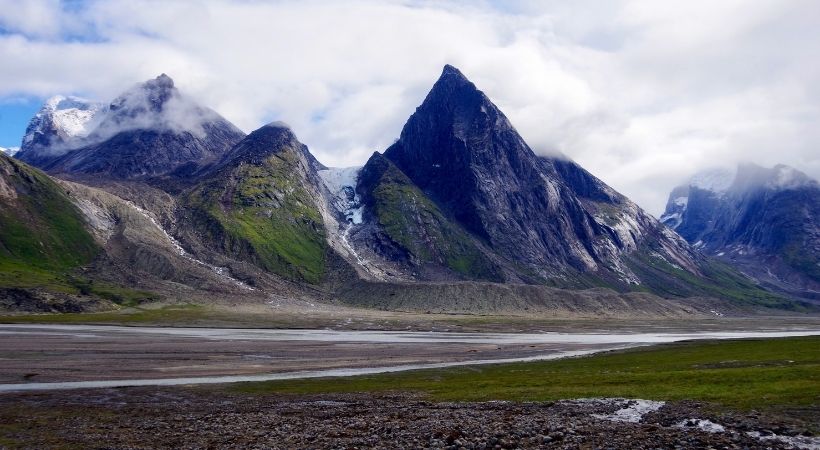
Nunavut is the least populated but the largest territory among Canada's 3 territories. The term Nunavut, which means “our land,” comes from the native language of Inuktitut. A population of little more than 39,200 is involved in mining, tourism, transportation, and energy.
This province is known for narwhals and polar bears, and the Inuit people’s artwork, carving, and handmade traditional clothing items.
Nunavut has no paved roads or railways linking them to anywhere. There is consideration to build a year-round access road to connect Nunavut to northern Manitoba. A deep-sea port is being constructed in Iqaluit and is due to be completed by September 2022.
All telecommunications, including tele-health, are done via satellite. Every community in Nunavut has access to high-speed internet.
As for Canada, as a whole, most images portray it as the Rockies, turquoise lakes, polar bears, the Royal Canadian Mounted Police, maple syrup, and snow. As you have seen and read, Canada is so much more, and it has a diverse landscape, cultures, industries, and languages. It also has a highly-ranked educational system, making it a prime destination to further your education.
- Capital of Inuvik: Iqaluit
- Official Language: Inuit (Inuktitut & Inuinnaqtun), English, French
- Largest settlements Inuvik: Iqaluit, Rankin Inlet, Arviat, Baker Lake
- Minimum Wage: $16.00
- Population: 39,285
Navigation
# Why Canada? # Education System # Student Budget # Student permit/visa # Spousal Visa # After landing # Student Housing # Complete Checklist # Driving License # Study and Work # All Provinces in Canada # PR in Alberta # PR in British Columbia # PR in Manitoba # PR in New Brunswick # PR in NL # PR in Nova Scotia # PR in Ontario # PR in PEI # PR in Québec # PR in Saskatchewan # Cheap Universities # Cheapest Colleges # Alberta DLI # British Columbia DLI # Manitoba DLI # New Brunswick DLI # NL DLI # Nova Scotia DLI # Ontario DLI # PEI DLI # Quebec DLI # Saskatchewan DLI # Part-time jobs # Scholarships in Canada # Survive Winter
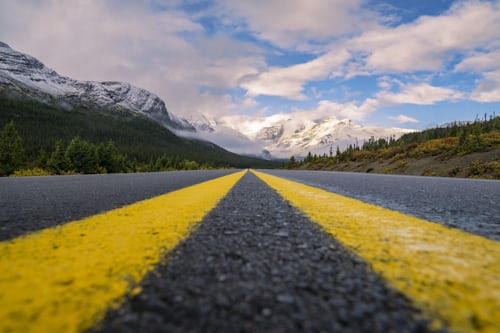
Cover Letter
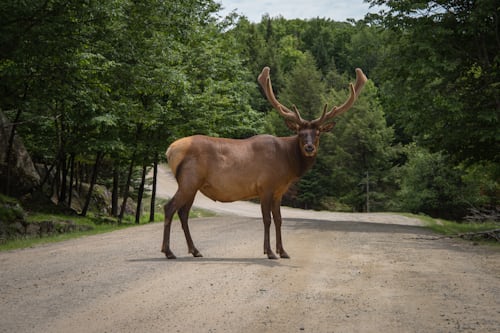
Forwarding Letter
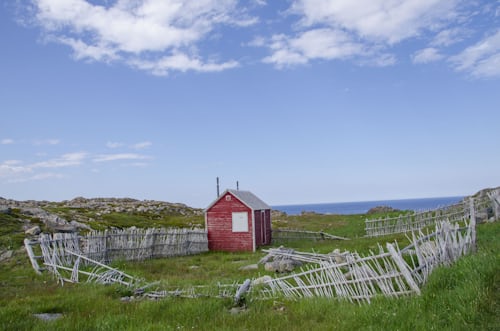
Student Financial Planning

Explanation Letter of Source of Fund

Explanation on previous Visa Rejection
